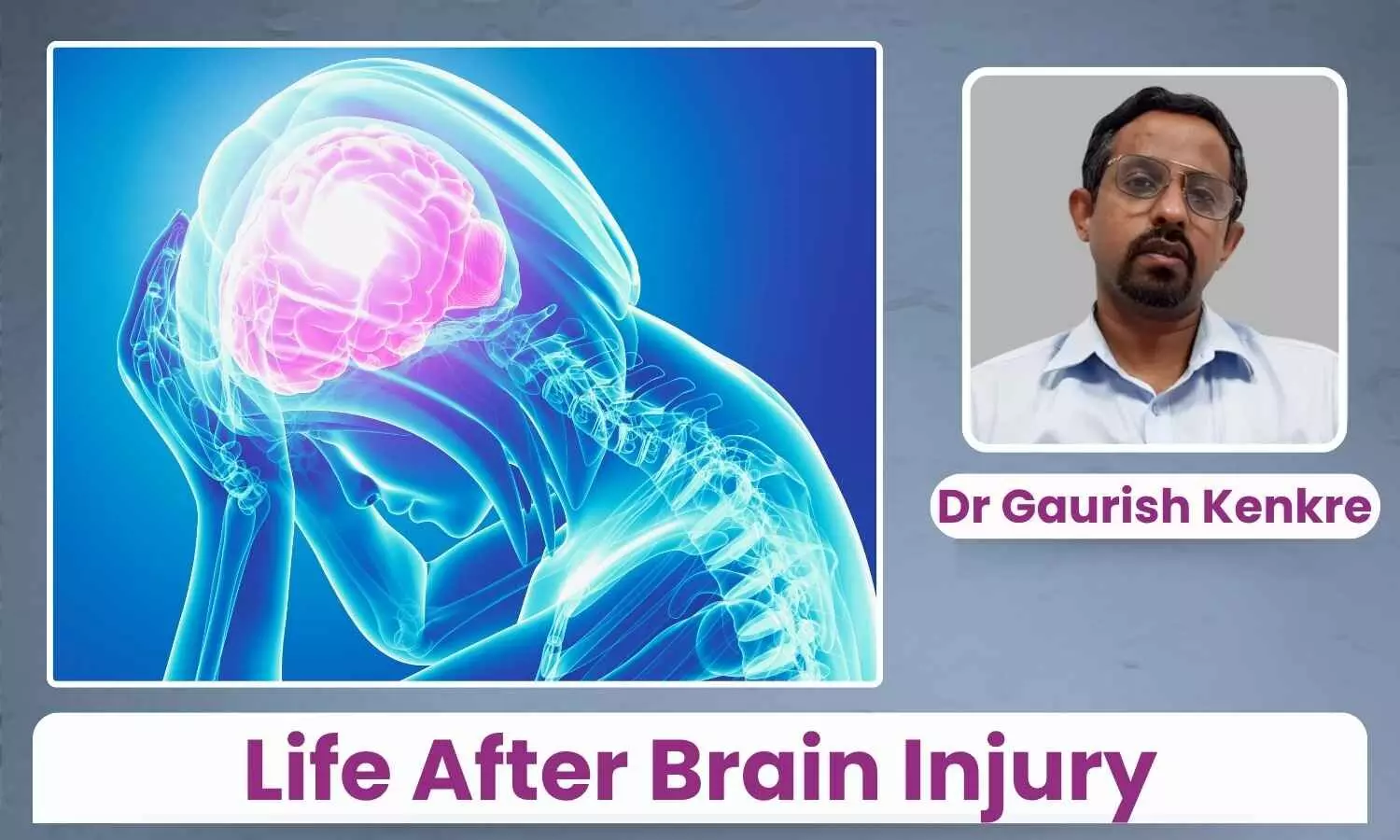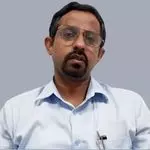Life After Brain Injury: Why Rehab Is Just As Vital As Treatment - Dr Gaurish Kenkre

Burden We Can No Longer Overlook
An estimate of 1.5–2 million Indians suffer from a traumatic brain injury (TBI) each year, and more than 100 000 die as a result. Each disabled worker erodes household earnings, while World Bank economists warn that crash-related productivity losses siphon off several percentage points of gross domestic product every year.
Saving lives is only a primary step, while the challenge is to treat the survivors of the scars that routine scans cannot detect, for restoring minds, mobility and livelihood through focused neuro-rehabilitation.
Burden of Brain Injury in India
A World Bank 2021 report showed that India accounts for almost 10% of global crash-related deaths, despite having only 1% of the world’s vehicles, with the highest toll falling on young bread-winner.
Most victims mostly belong in the age group 18-45, which happens to be the group that powers the workforce. Each such lost or disabled worker drags down the household income and the national output.
According to the World Bank economists, road injuries drain productivity worth several percentage points of GDP or tens of thousands of crores every year. Behind every number, there is an empty classroom seat, an early closed shop, a missed loan repayment.
Rehabilitation: The Missing Half of Care
Emergency responders strive to maximize the crucial “golden hour,” yet neurologists emphasize the importance of an equally vital “golden months” period. India’s National Traumatic Brain Injury Guidelines (2022) clearly emphasize that early, multidisciplinary rehabilitation is essential for achieving the best possible outcomes.
In truth, less than 15 percent of individuals who survive moderate-to-severe traumatic brain injuries ever receive care in a specialized rehabilitation unit.
The majority are sent home once their scans show stability, leaving their cognitive recovery unaddressed. Failure to seek timely therapy can lead to transient cognitive fog becoming a permanent disability.
What Comprehensive Rehab Looks Like
Rebuilding the body, mind, and livelihood of brain-injury survivors in a single continuous arc of care regards the survivor as more than a collection of damaged neurons. First, the patient undergoes intense physiotherapy to restore balance and muscle memory.
Later, cognitive retraining is introduced to improve attention, planning, and short-term memory. Speech and swallow specialists join in to help ensure words flow clearly and meals go down safely.
At last, families are taught to be therapists in the home and learn everything from safe transfers to mood monitoring, so the progress made in the ward is not lost in the living room.
Research demonstrates that when these strands are grouped together below one interdisciplinary group, there are sharper functional gains, lower complications, and a much greater possibility of returning to work as compared to delayed therapy.
Payoff for Families, Economy and Health-System
According to the Indian Head Injury Foundation, when swift evacuation and surgery are paired with rehabilitation that starts within the first weeks after trauma, India could prevent nearly one out of every three deaths now blamed on severe head injury.
Each life saved shields a household that often depends on a single income from sliding into loan defaults and generational poverty.
The health-care system also benefits: shorter stays and fewer complications open scarce emergency beds for the next crash victim and trim the long-term costs of disability that would otherwise drain public funds for decades.
Innovations That Bring Rehabilitation Within Reach
Innovative technology is turning tables. Newly developed artificial-intelligence-guided virtual exercises and body weight support harness gait training let recovering patients rehearse thousands of safe steps each day under remote supervision instead of travelling to a physiotherapist for every session.
At the same time, the Union Health Ministry’s e-Sanjeevani tele-medicine network has already crossed 210 million video consultations.
Each virtual appointment spares a family the bus fare, meals and lost wages that can add up to several thousand rupees a month, proving that high-tech need not be high-priced when it is designed for India’s realities.
From Promise to Policy: Three Moves That Matter
First, upgrade Ayushman Bharat–PM-JAY to include a dedicated neuro-rehabilitation package—covering both in-person and virtual care—so money never dictates recovery.
Second, seed public-private rehab hubs in tier-2 and tier-3 cities through viability-gap funding and GST relief, turning proof-of-concept into national coverage.
Third, rewrite trauma registries to track “return-to-work or school within six months” alongside survival rates; what the system measures, the system improves.
India has mastered the golden hour. Mastering the golden months will decide whether survivors merely live—or truly live again. An injury unseen should never be an injury untreated.
Conclusion
India has shown the world how to master the golden hour. The golden months will determine whether survivors live or live again. Rehabilitation is not a nice-to-have extra; it is the decisive second half of treatment, the part that transforms mere survival into re-established minds, resuscitated livelihoods and renewed hopes.
An injury unseen should never be an injury untreated. It is only through offering brain-injury rehabilitation the attention, money and innovation it deserves that today’s hidden scars become tomorrow’s comeback and contribution stories.


